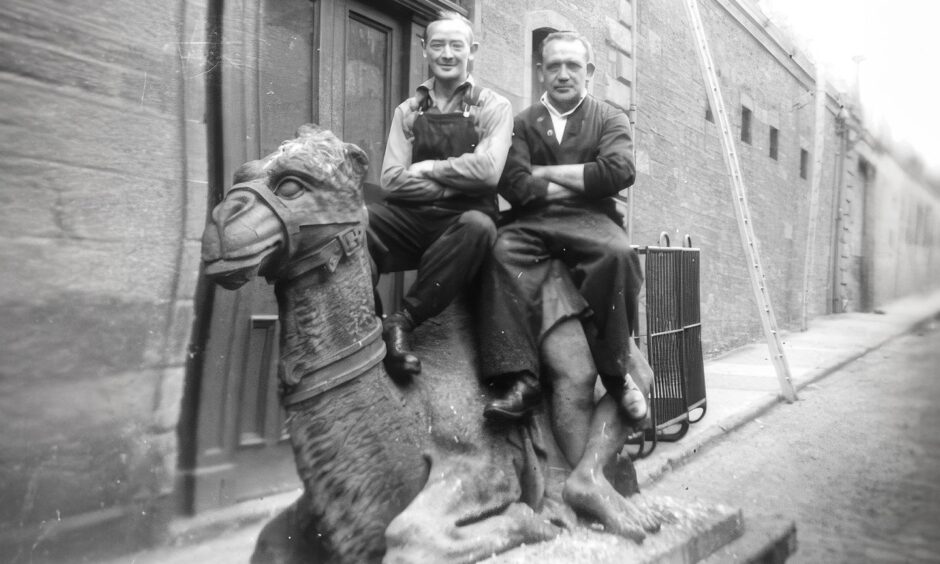
Dundee was known throughout the world as Juteopolis and 130 mills dotted the skyline during the golden age of the jute industry.
Bowbridge Works, Eagle Mill, Tay Works and Upper Dens Mill were among names which are part of the legend of the city.
These four mills all had one thing in common.
They were decorated with figureheads which allowed them to stand out amid the forest of belching chimneys.
These buildings were intended to be landmarks within Dundee.
Dr Kenneth Baxter from Dundee University’s archive services said: “Statues, sculpture and carvings were very much a feature of public buildings that went up in 19th Century Dundee.
“There can be little doubt that the mill owners wanted their works to stand out.
“This influenced their architectural styles and features.
“This could manifest itself in features like the elaborate Bell Tower at Lower Dens, the Italianate Cox’s stack or the long frontage of Tay Works, but also in sculpture on the buildings.”
But where did these statues go?
Tay Works in Lochee Road
On the top of Tay Works was a statue of Minerva by James Law, who used to carve figureheads for Dundee ships.
Minerva was the Roman goddess of wisdom, medicine, commerce, handicrafts, poetry, the arts in general and, later, war.
The People’s Journal in April 1864 said Tay Works in Lochee Road was the finest single block of factory buildings in the town.
Its sheer size, at 650 foot long, reflected the scale of the Gilroy Brothers’ manufacturing dynasty, which had plantations in Calcutta.
“Other factories there may be employing more hands and covering a larger area; but for handsomeness of appearance and fine bold effect of street front, there is none to compare with the new buildings at Tay Works,” it read.
When the goddess of war looked over Dundee…
“This enormous length is very well matched by the height of the building, which is of four storeys, reaching to a total altitude at the top of the pediment of 90 feet.
“Crowning the pediment is a large statue of Minerva, 10 feet three inches in height, with her spindle and distaff, which forms a very tasteful termination to the apex of the centre.
“This figure was executed by Mr Law, carver, King William’s Dock, after a model by Mr George Maccallum of Edinburgh and weighs close upon two tons.”
No known photograph exists of Minerva at Tay Works.
The mill closed in the late 1970s and was converted to student accommodation.
Mark Watson from Historic Environment Scotland wrote a 1990 book on Dundee’s jute mills but has no idea what happened to Minerva.
“Maybe it became unsafe,” he said.
“Maybe it was not easily photographed because Lochee Road then was narrower than the Inner Ring Road is now, and faced the courts and prison.
“I don’t see it in aerial photos taken in 1922.”
Eagle Jute Mills in Victoria Street
Tay Works was not unique in having a statue by Law.
The large wooden eagle above Baxter Brothers’ Dens Works Foundry on Victoria Street looked down on generations of jute workers.
At its height, the Baxter family business employed 5,000 people.
The sculpture was repositioned to look down Victoria Road some time after Eagle Jute Mills was formed there by Low and Bonar in 1930.
It was the only new mill built between the wars.
Eagle Jute Mills was described as “the finest in the world” after opening.
It closed its doors in 1978.
The eagle was sold along with the fittings to an undisclosed buyer.
It is strange that such a well-known landmark should disappear so suddenly.
The elusive bird’s final nesting place was still being talked about in 1980.
Ian Imrie, of Imrie Antiques, Bridge of Earn, was a member of the Civic Trust in Perth.
He said he was offered the monument but turned it down.
“It was made of timber and was very rotten,” he said.
“It had recently been painted with gold paint, which didn’t help much.
“I have no idea where it might be now.”
The eagle’s final resting place remains a mystery.
Upper Dens Mills in Princes Street
Law also made a statue of James Watt that used to sit on top of Upper Dens Mills.
It was once the biggest of Baxter Brothers’ factories.
James Watt was born in Greenock in 1736.
He became one of the world’s most highly regarded inventors and engineers.
Watt was represented as sitting down with a pair of compasses in one hand.
A drawing, which was resting on his knees, was being steadied with his other hand.
The Courier recorded the statue unveiling back in 1852.
“It was a happy thought to place a statue of James Watt on the highest part above the engine houses,” it read.
“If any man deserved to be lifted up to a place of honour, it was the man who made such a large building possible by giving the world the steam engine.”
I remember quite clearly being there when it was all pulled down.” Jim Edmonds.
He was removed in 1911, having withstood the elements for generations.
A new figure of Watt was carved from yellow pine wood by carver Alexander Fair.
It was an exact model of the old blackened statue.
On the wall of an office room there was even a spare face for him.
The 6ft-high statue deteriorated again and was dislodged for safety reasons in 1952.
Watt was retired to Baxter’s long joiners’ shop with a large crack.
Nobody knows quite how Watt met his end.
Bowbridge Works in Thistle Street
More clear-cut was the fate of the exotic camel and its nine-foot-high rider that topped the gate of Gilroy Brothers’ Bowbridge Works in Thistle Street.
The firm had a camel’s head as their trademark and so chose a camel as the centrepiece of their gateway.
Bowbridge was extended and modernised after the Second World War.
The gates needed to be removed so a new weighbridge could be fitted.
Jute Industries Ltd wanted to keep the camel.
They were advised it was very doubtful it could be dismantled and re-erected.
Alternative sites for the camel were sought but none were found to be suitable.
The gates were removed in June 1955.
They pulled down the camel and it lay in Bowbridge Works for a while.
Staff took pictures on top of it.
A female employee was then given the bell from the camel’s neck as a keepsake.
A reminder of the camel was embodied in the design of the new iron gates.
A camel motif was worked into the metal.
One jute mill statue went to India or was it under Dundee United’s pitch?
There was a suggestion the old camel had been buried behind the joinery shop.
The camel was also reported to have been taken to Balgersho, near Coupar Angus, or to an estate in Inverness-shire, or even shipped to a jute mill in India.
And a poem suggested it had been buried under the pitch at Tannadice Park.
The mill was demolished in 1984 and the factory buildings were demolished in 1987.
Jim Edmonds from Carnoustie put the mystery to rest when he spoke to The Courier in 2020 and pointed to the spot where the camel met its maker.
He said: “My grandfather, whose name was Jimmy Sword, used to be the general manager of the Bowbridge.
“I remember quite clearly being there when it was all pulled down.
“The camel – which was still intact – was later buried in the hole that had been dug out for the new weighbridge and the remainder of the stone from the gate posts was used as backfill.
“The rider that was with the camel got broken into numerous pieces when it was getting removed and was also put in the weighbridge base.
“To the best of my knowledge, the camel and its rider was not removed from there.”
The panel of the man and camel remains there to this day.
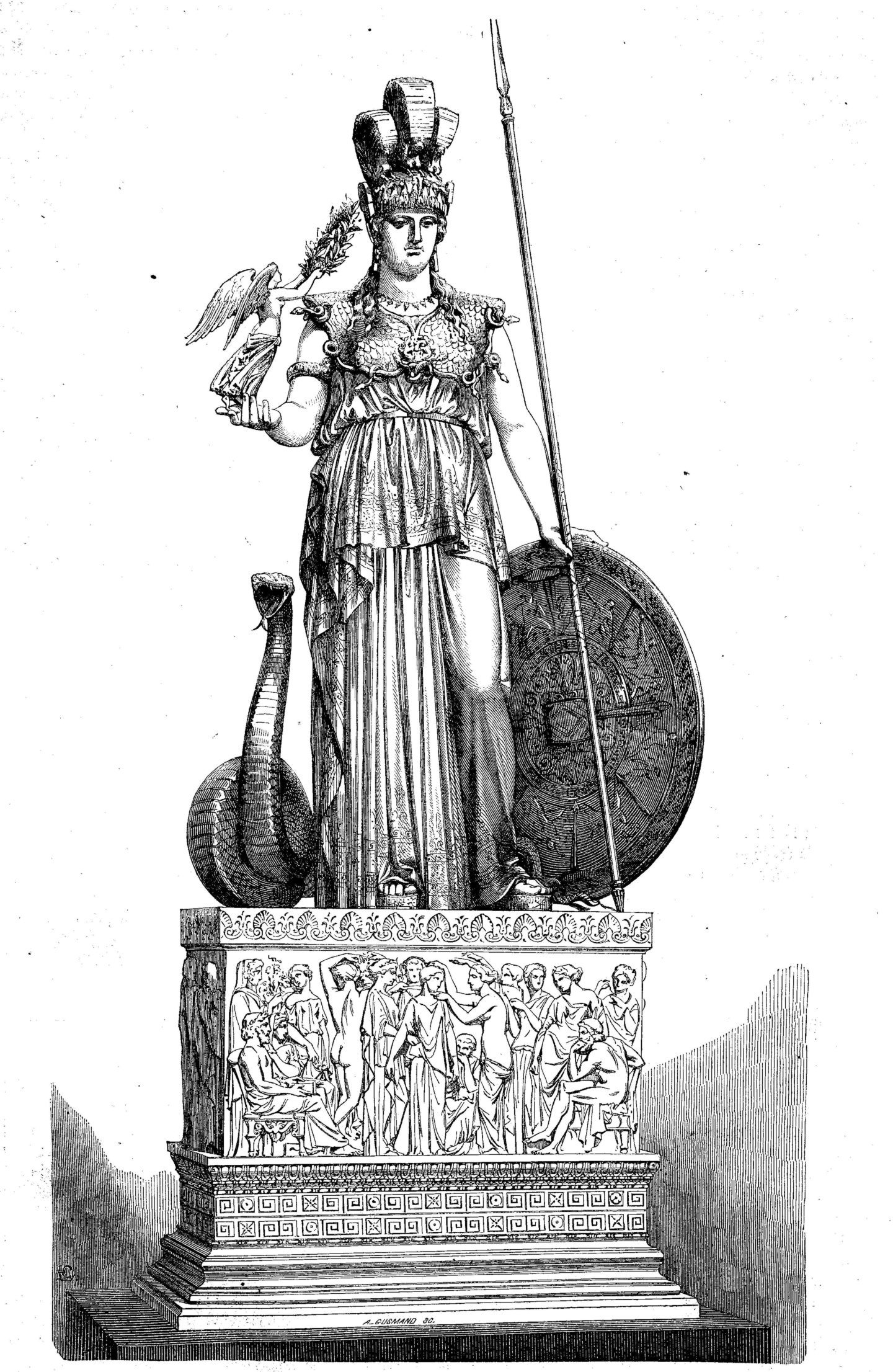
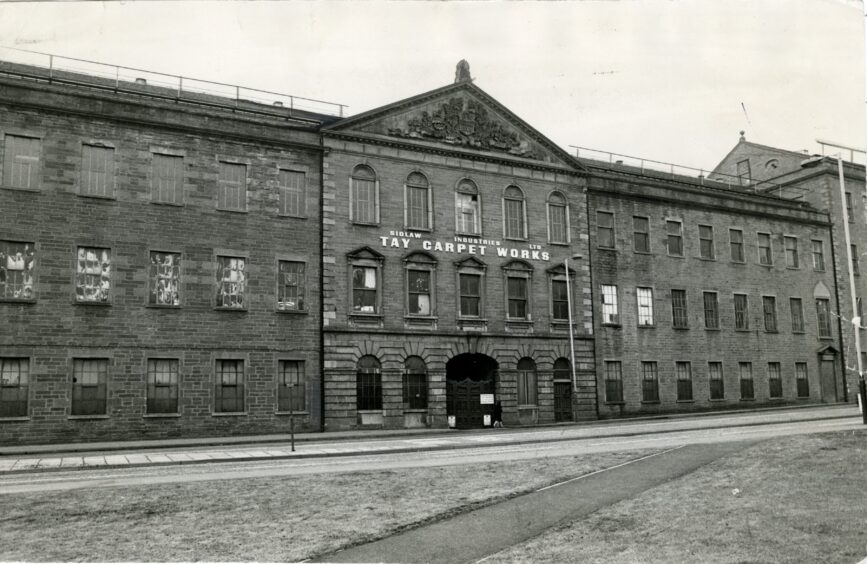
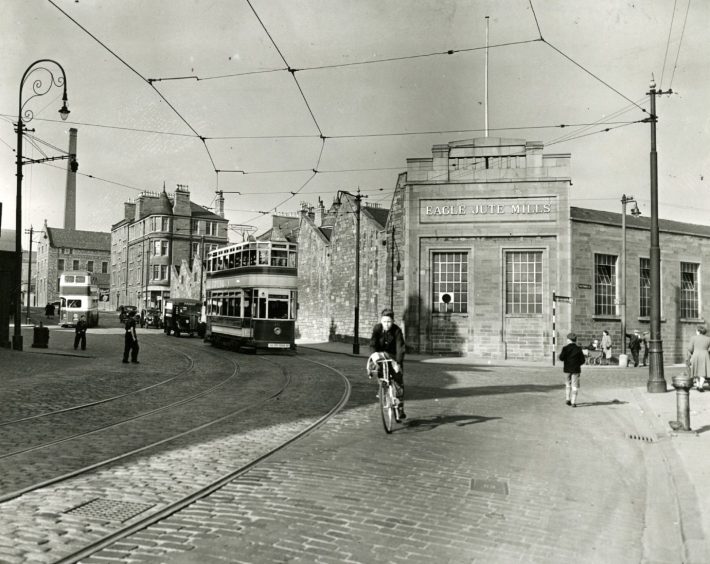
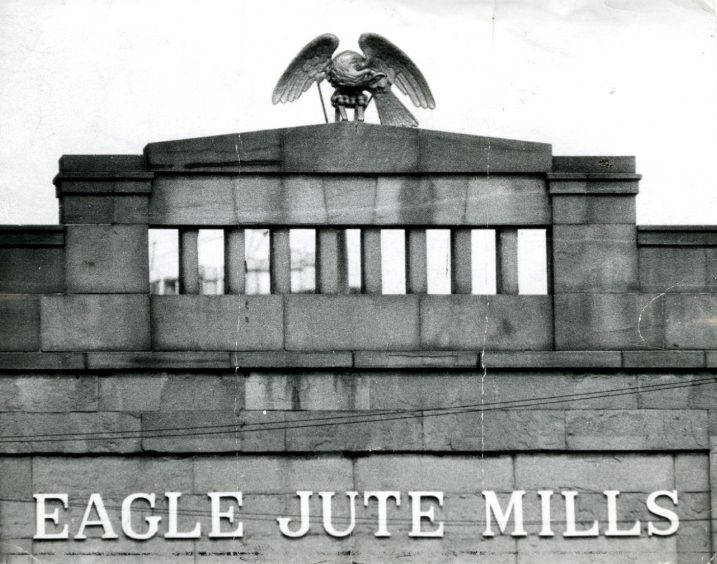
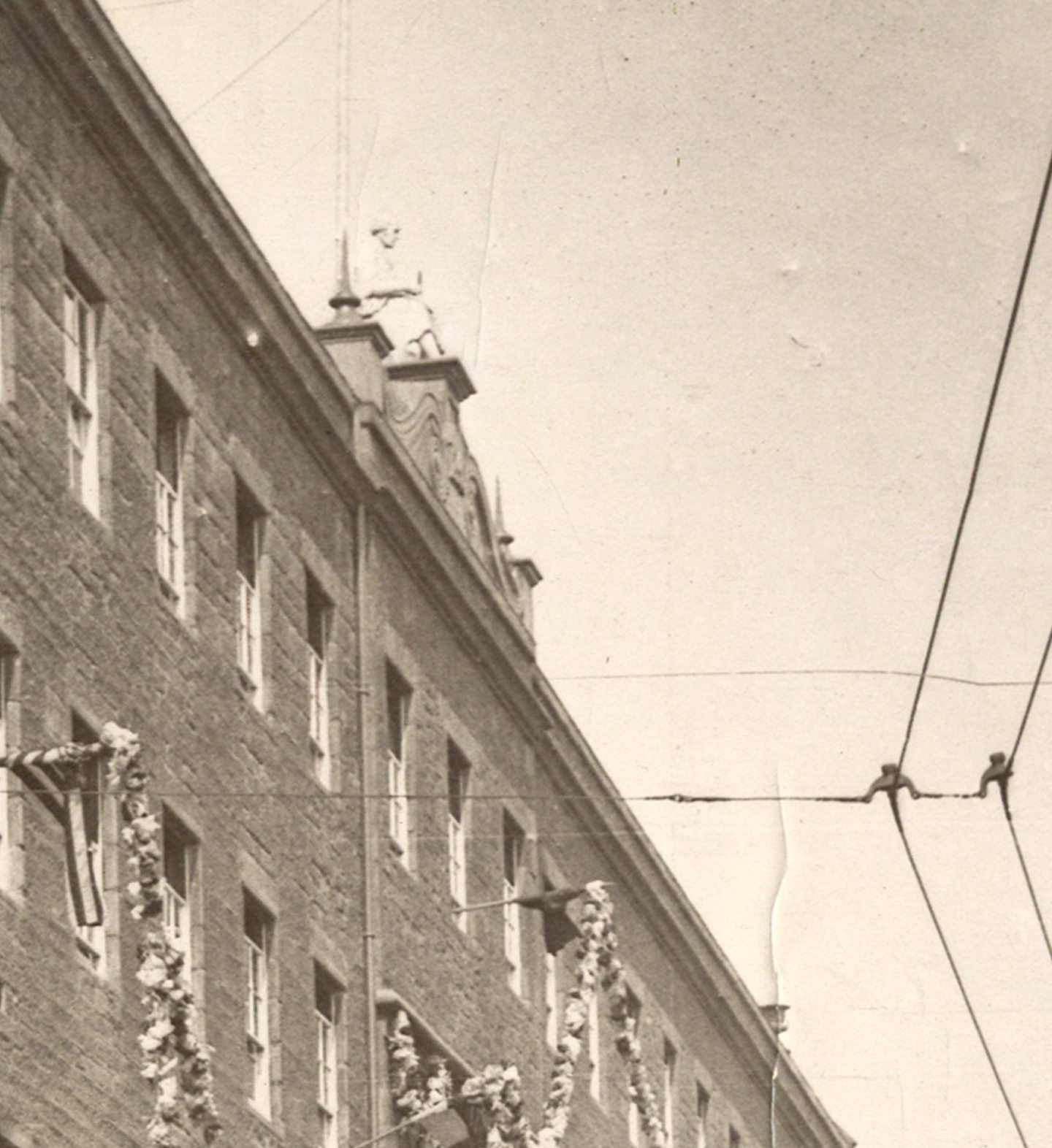
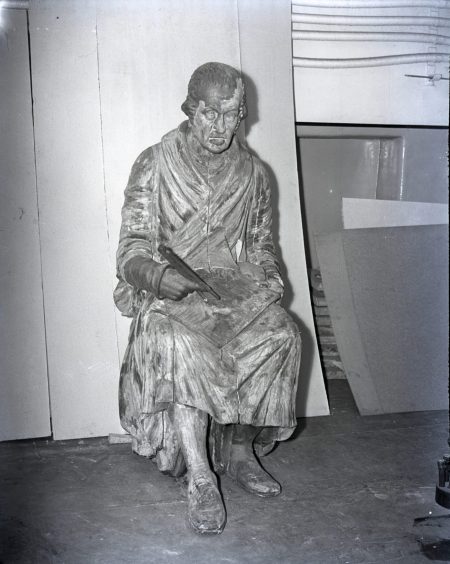
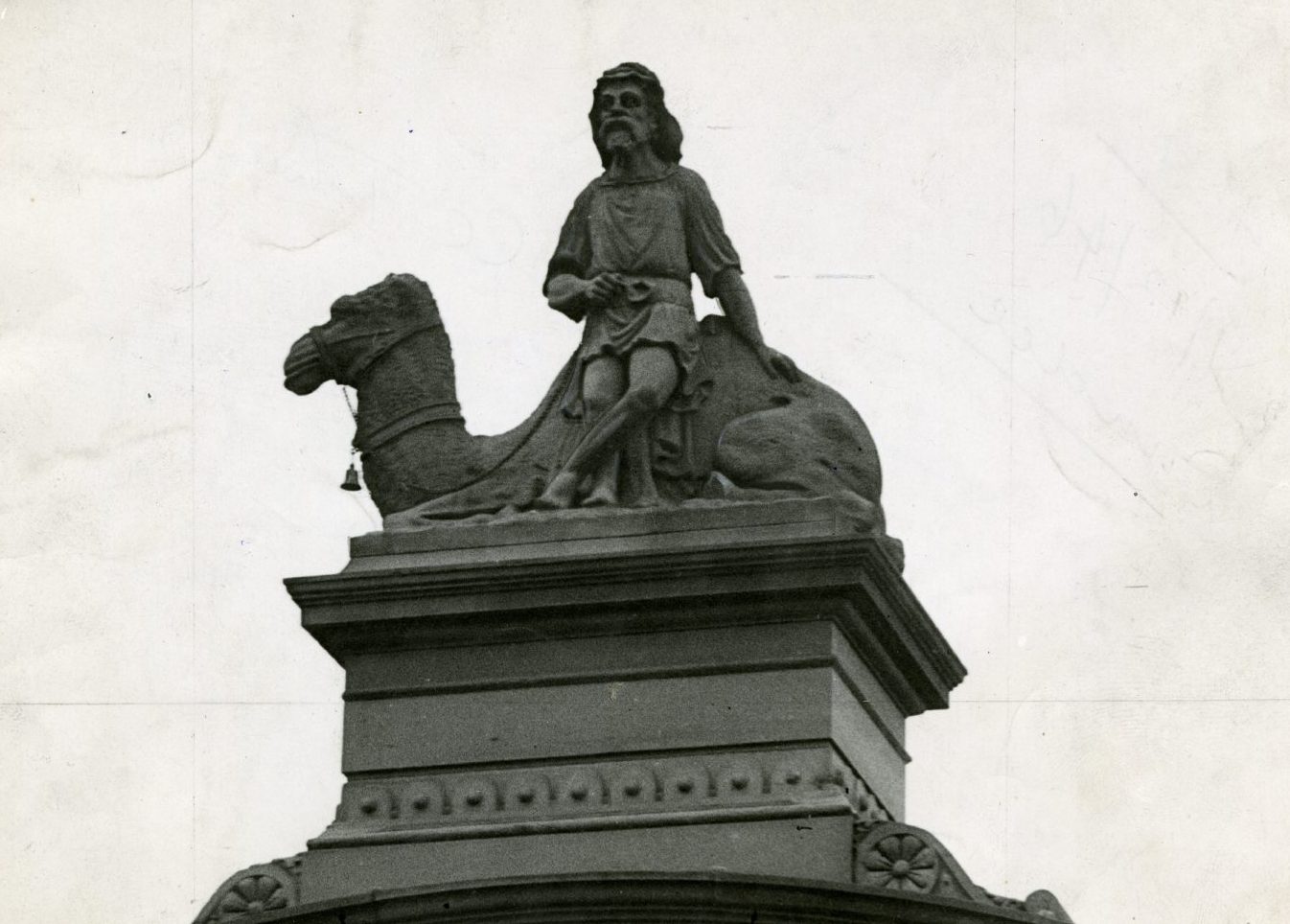
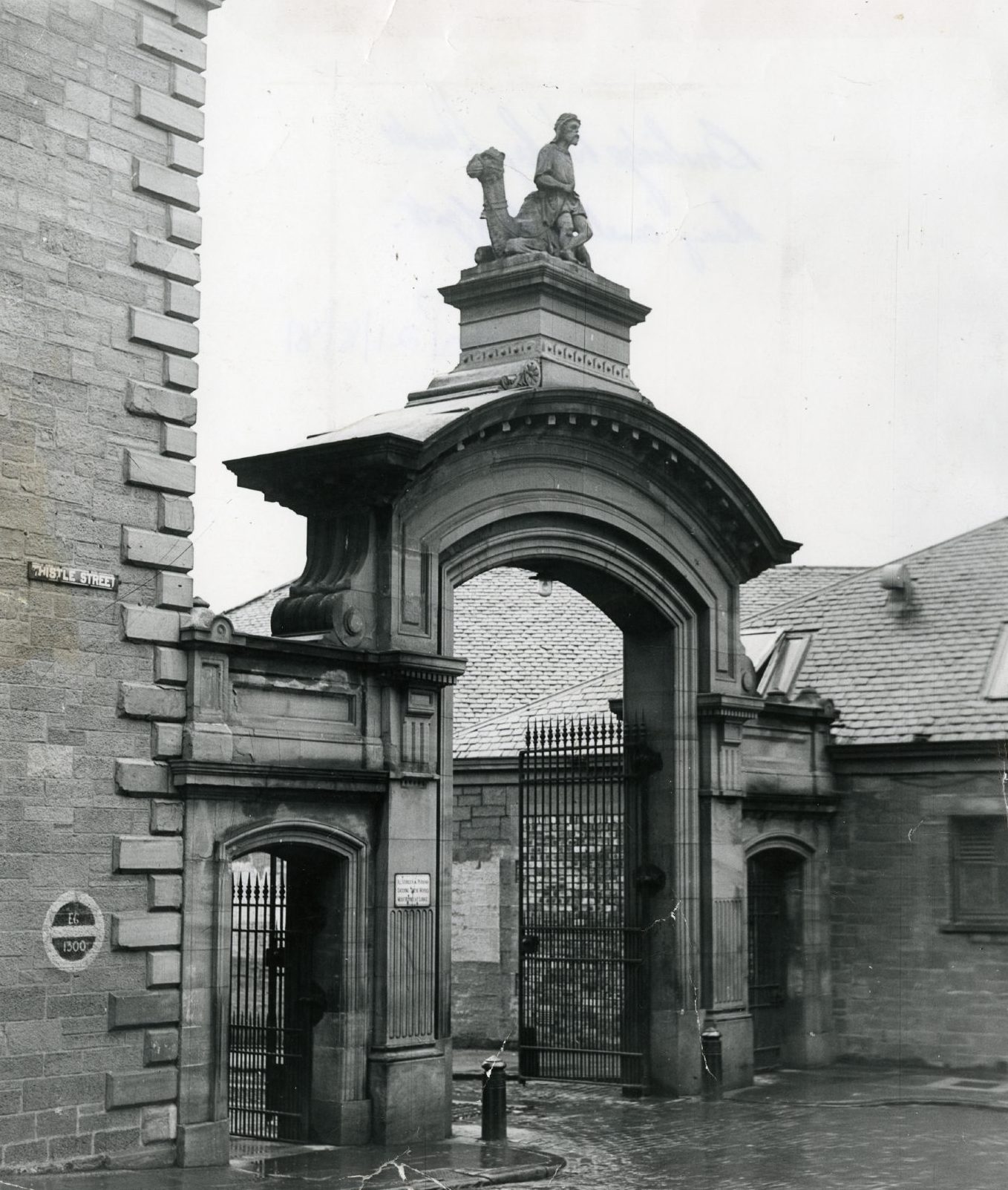
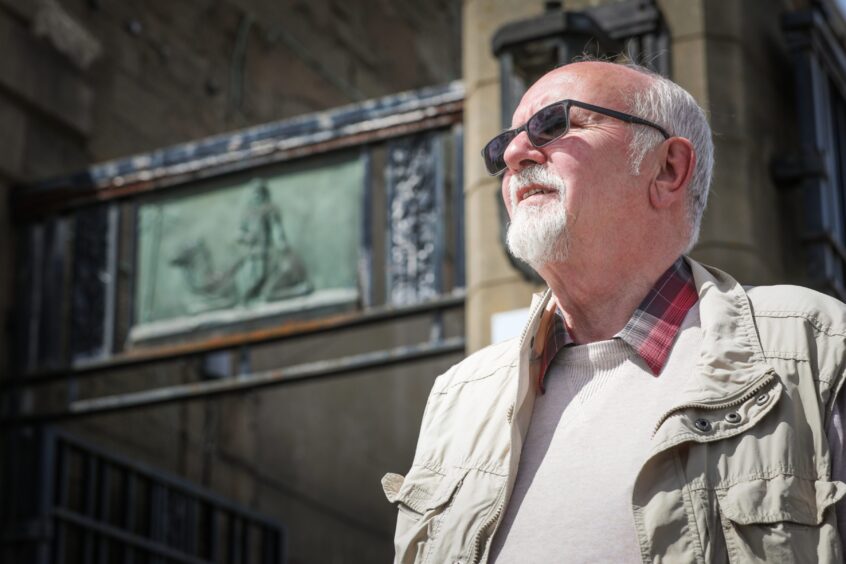
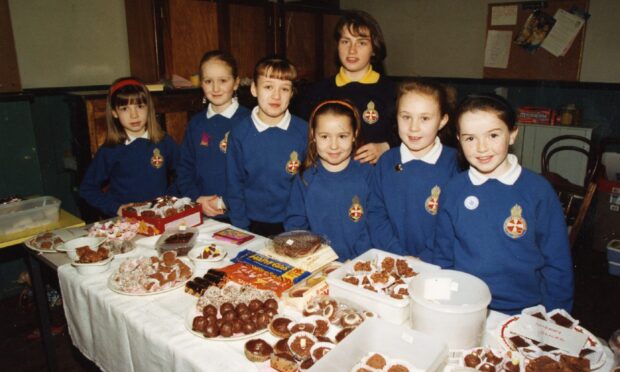
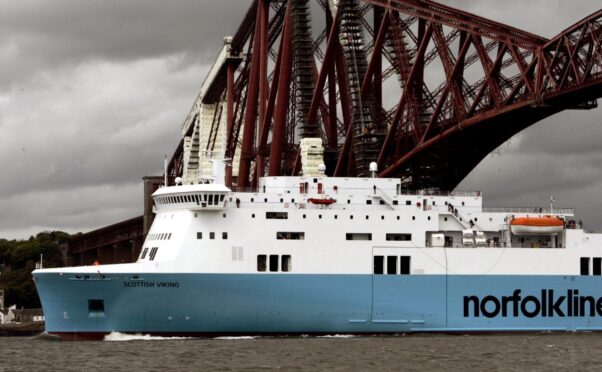
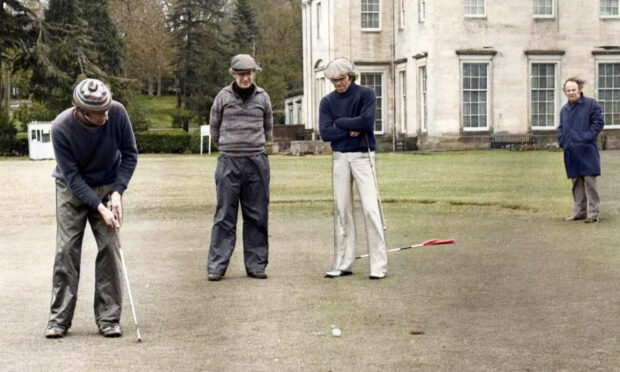
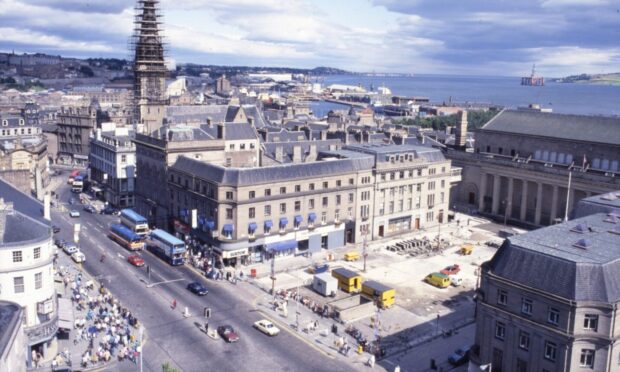
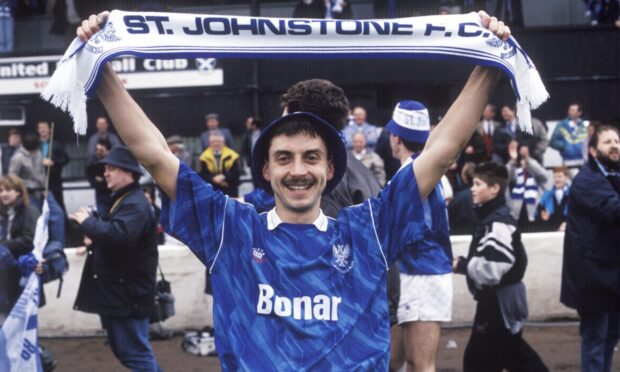

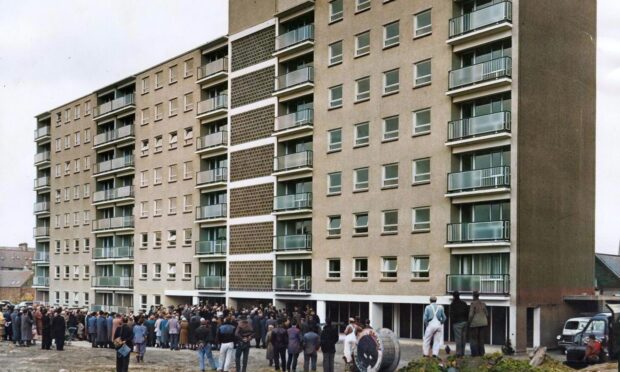

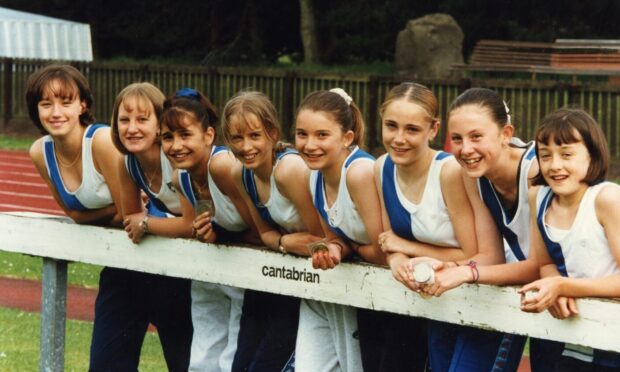

Conversation